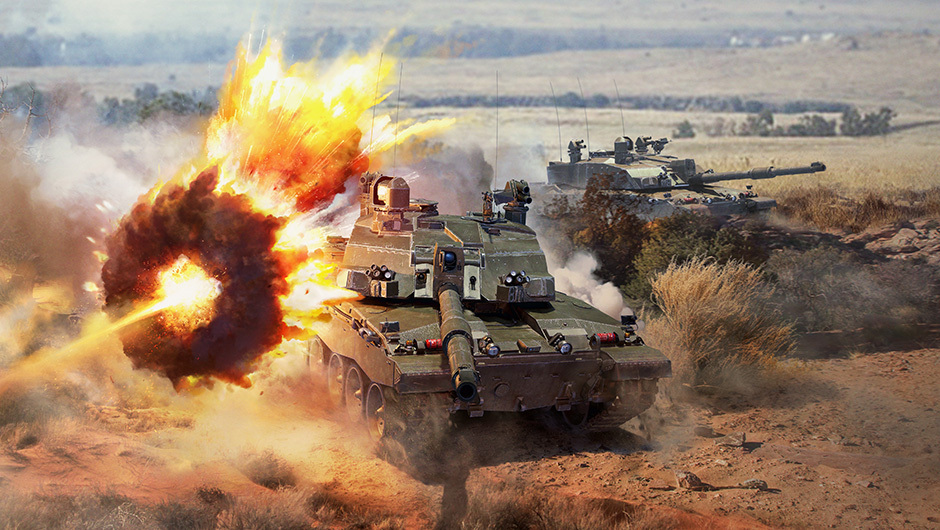
Hey everyone, thanks for your patience while waiting for this post. Today we’d like to discuss bug reports relating to the Challenger 2 series of tanks, what we’ve already fixed thanks to your reports, and what we’re planning to do in the near future. Let’s dive in and take a look at these reports.
First and foremost, we want to take the time to thank you for creating bug reports for the Challenger 2. Thanks to these reports, the following have been actioned and have already been implemented, or will be implemented into production either in the near future or the next major update:
MobilityArmor and SurvivabilityMain gunOther armamentOtherChallenger 3 TDLet’s move onto the outstanding reports and discuss them in detail.
Discussing the protection of the gun mantlet[community.gaijin.net] 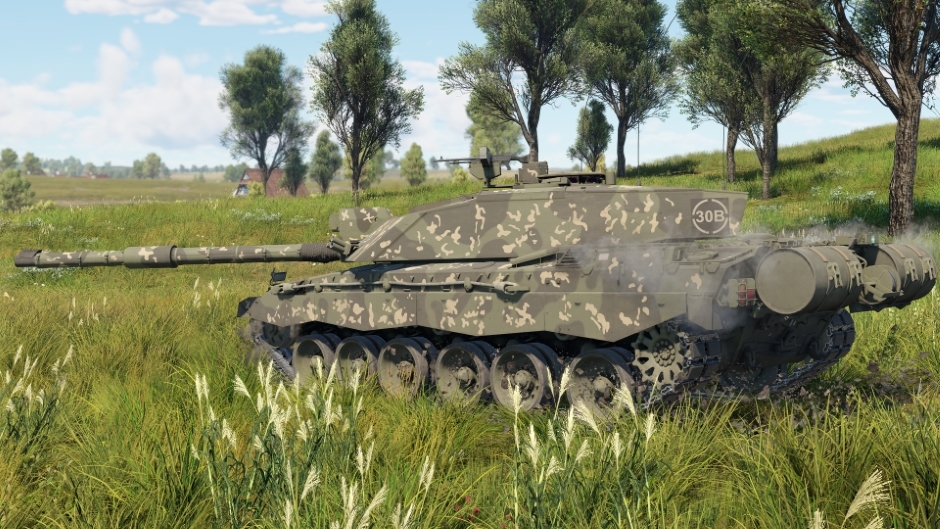
First up, let’s take a look at the report created by Fireball_2020 regarding the Challenger 2’s gun mantlet. We fully appreciate the time taken to source these photos to showcase the mantlet in as much detail as possible, we’ve looked into this one thoroughly.
One of the main things this report talks about is that the turret was fired at (mantlet and cheeks) using kinetic and chemical rounds and that both areas withstood these shells. Some important details in this report that we’d need are missing, for example, we’re lacking concrete data on what types of weapons or shells were used in this testing, making it difficult to enact changes without this information. Technically, ensuring the equality of protection between the main armor sections (large dimensions, thick steel plates on the outside and a thick base) and the mantlet (required for stabilizing the gun, where it’s impossible to accommodate a large armor dimension) is a very difficult task.
If you’ve got any public information regarding what shells or weapons were tested, please feel free to leave a post here or contact a Community Manager so we can take a look.
We have however looked at the damage model geometry for the mantlet in detail and we’re planning to refactor it. There’s a layer of combined armor in the gun mantlet, and the fastenings are identical to the fastenings of the combined armor package that’s visible on the turret cheeks.
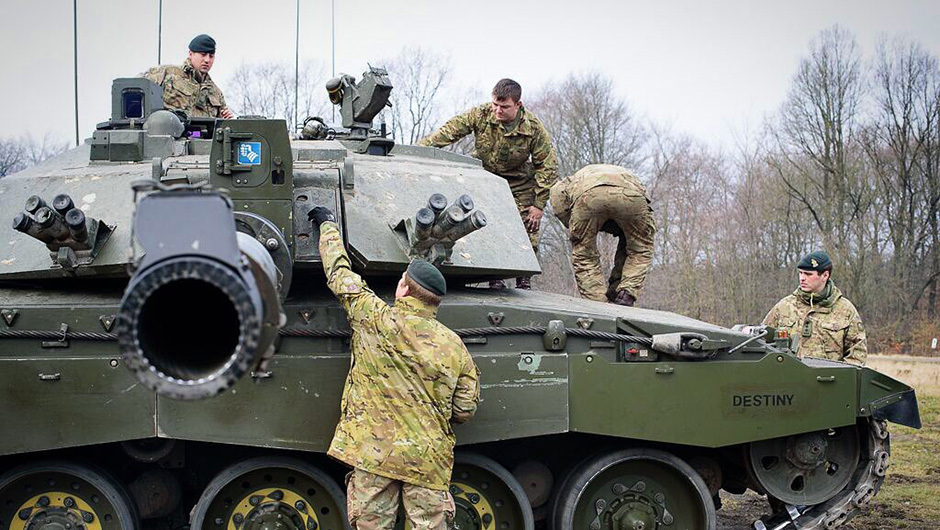
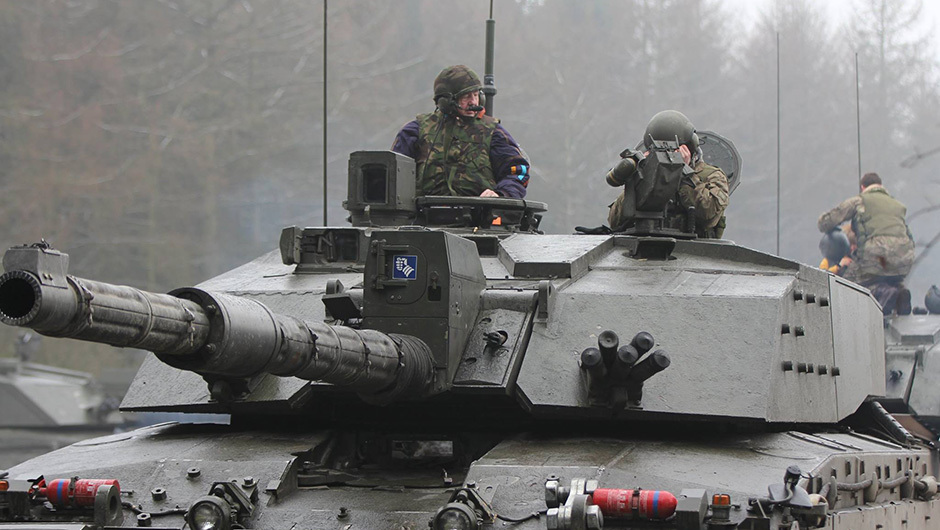 Photos from the Queen’s Royal Hussars page on Facebook (Source 1[www.facebook.com], Source 2[www.facebook.com])
Photos from the Queen’s Royal Hussars page on Facebook (Source 1[www.facebook.com], Source 2[www.facebook.com])What are we going to do exactly? First off, the Challenger 2’s damage model will be refined based on the available information we have, and in turn will become more detailed. We’d like to note that while refinements sound interesting, they don’t necessarily mean that the armor values will increase — in some cases they may even decrease. Increasing the details will mean vulnerable areas will be more accurately represented and the protective size of the mantlet may increase.
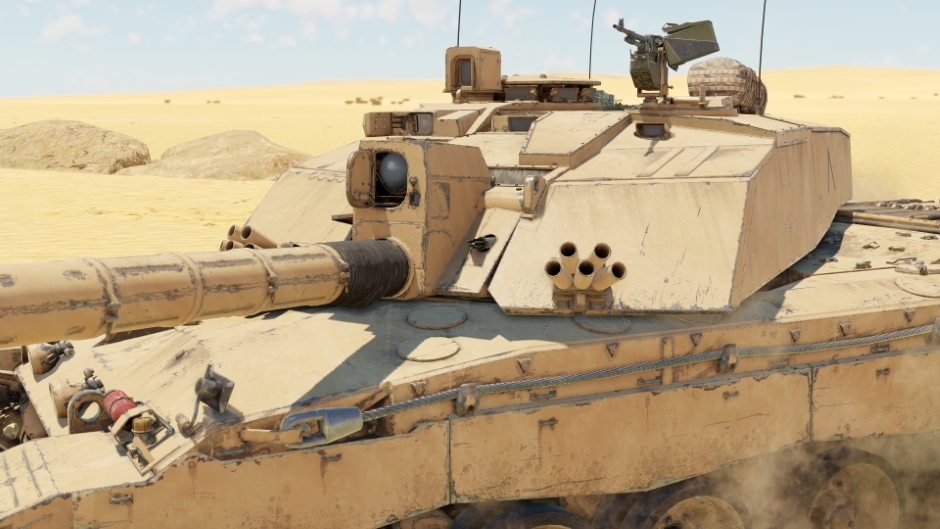
When are we going to start this? The plan is to start updating the geometry of the damage model, as well as the visualization of internal modules in the Challenger 2 tanks.
To make sure that we go through this process as effectively as possible, these changes will come to the game in the next major update — but may possibly come sooner if we finish working on it earlier.
Protection values of the turret’s side armor[community.gaijin.net] Let’s take a look at this report created by Flame2512, which notes the protection values of the turret’s side armor are too low. Thank you for providing these screenshots and information regarding the armor values. The differences in protection are down to inaccuracies of the damage model, these inaccuracies that lead to discrepancies in protection will be corrected by updating the damage model geometry as mentioned in the first section.
Protection values of mounted Explosive Reactive Armor[community.gaijin.net] 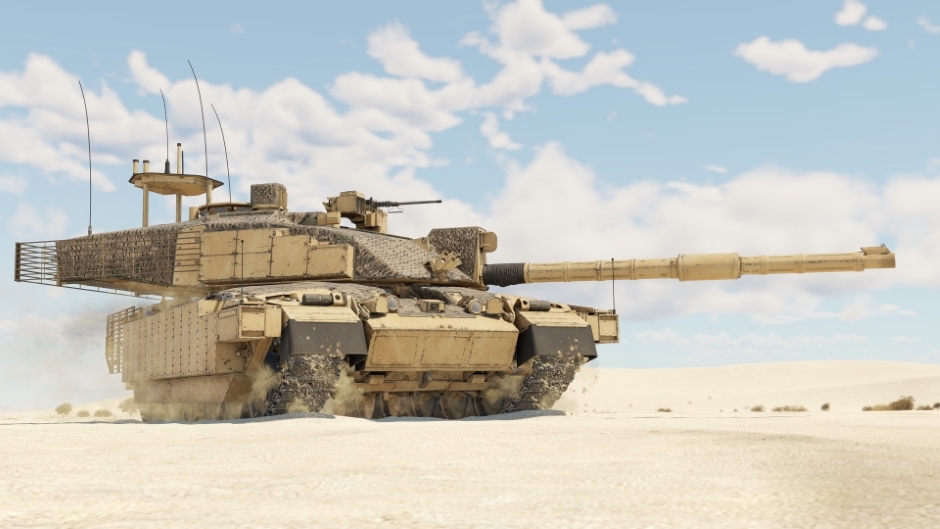
Next up, let’s take a look at this report created by Legwolf regarding the protection values of the Challenger 2’s ERA. We’ve seen that Armor Shield R is noted to be equipped on the Challenger 2 TES and Challenger 2 OES and is protected according to STANAG 4569 level 5. Despite this, we’re missing some important information about the Heading angles at which protection is provided. The basic STANAG 4569 level 5 requirement, with protection at a Heading angle of +/-30 degrees from 25 mm APFSDS at 500m is already met in the game, as well as at a Heading angle of 90 degrees at a slightly greater distance.
When comparing to other vehicles that are equipped with Armor Shield R, what’s not taken into account is the possibility that the design of the armor package may differ from vehicle to vehicle depending on the primary protection of each vehicle. The current implementation of this ERA in the game does not contradict with documents presented in the report, so we’re not going to make any changes or revisions to its protective capabilities. Moving onto the mounting plate of the ERA itself though (which is currently made of composite armor in game), will be changed to an aluminum plate in accordance with the information provided.
Armor penetration of the L27A1 shell[community.gaijin.net] 
Moving onto the L27A1 shell in a report again created by Flame2512. Documents in this report show that the armor penetration value of the L27A1 is 700 mm at a distance of 2km. There are some discrepancies in these values, as in War Thunder we use the Lanz-Odermatt formula for calculating penetration values using one universal standard which takes the physical data for projectiles to find this calculation. In addition to this, public information about this projectile, as well as images of it are available and verifiable by the formula that we use.
Additionally, it’s worth noting that usually in British documents, assessments of the armor penetration of APFSDS rounds consist of firing at plates at steep angles at about 70-75 degrees, where APFSDS rounds show their greatest armor penetration (the maximum length of the penetration channel). This is the reason why the document shows a penetration of 700mm.
If we were to compare the way testing is carried out to get the numbers in the document provided to War Thunder, then the L27A1 with the current values at 2 km penetrate path length of more than 650 mm at an angle of 70 degrees (a 225 mm plate at 70 degrees). A difference in armor penetration in the game compared to the values in the document are due to differences in the criteria for assessing penetration values, the properties of the armor plates being fired at, the angles of impact for APFSDS rounds, or a difference between the initial requirements for the projectile/plate and the results achieved in practical testing as well.
If you’ve got any additional public information that we may have missed about the L27A1 shell’s dimensions and velocity, we can make a recalculation to see what values it’ll then come to, and make changes if required after this.
Ammunition locations inside of the tank[community.gaijin.net] 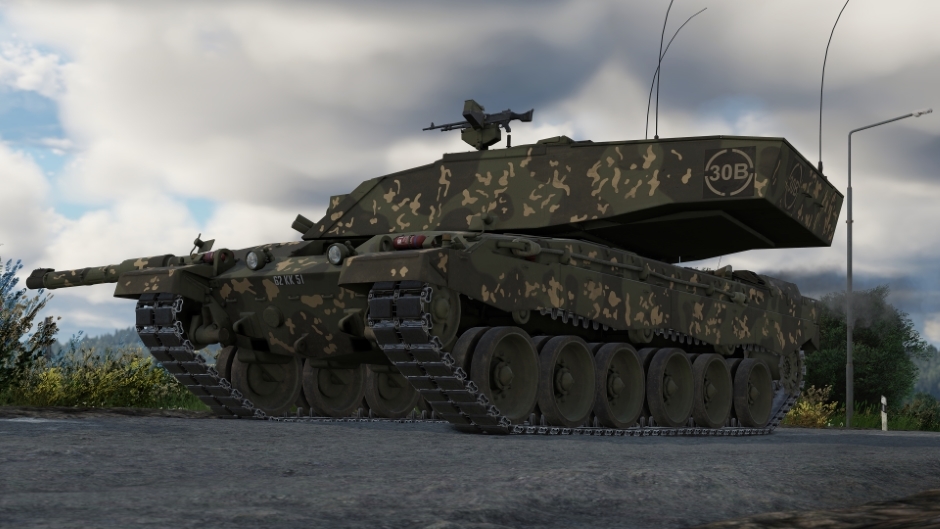
Lastly, let’s take a look at this report, again created by Legwolf, which states that the current ammunition locations in the Challenger 2 are incorrect. We’ve partially confirmed this with our own information, however, some diagrams in the report show the internals of prototype tanks (or are in general just concept diagrams) as they have verifiable inaccuracies. The diagrams in the report show the ammo rack in the turret containing 20+8 shells, but real photos of the Challenger 2 tanks we have in the game show 24 shells in the turret rack.
However, we’re going to review the placement of ammunition inside of the Challenger 2, and will be implementing changes when we update the damage model geometry as well as x-ray modules of these tanks. These changes will come in an update in the near future.







